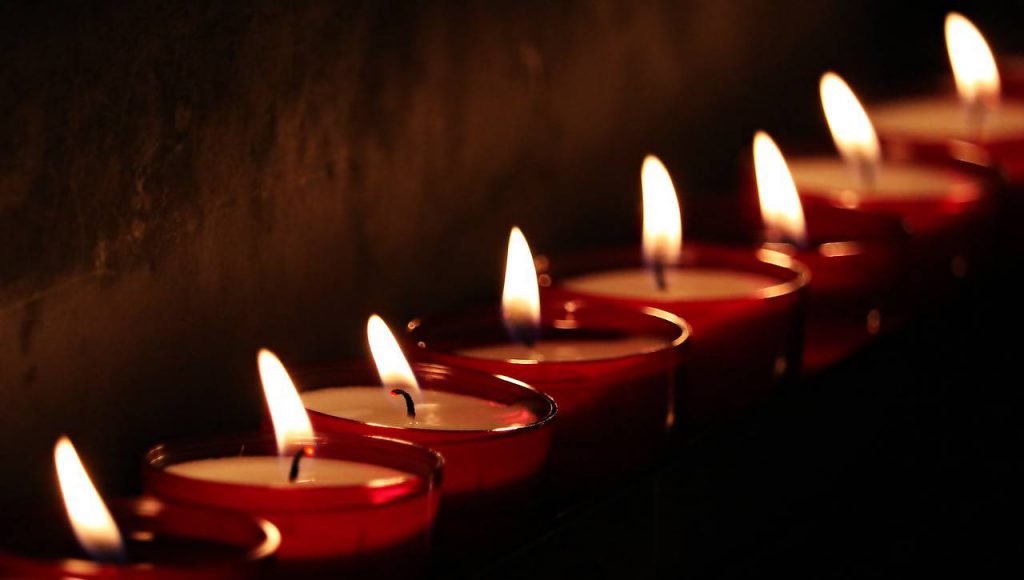The festival of Diwali in India is celebrated over a period of five days. The first day of Diwali is called Dhanvantari Triyodashi or Dhanteras. On this day, Lord Dhanwantari, the god of medicine, came out of the ocean with the science of Ayurveda for mankind. The second day of Diwali is called Naraka Chaturdashi. The third day is for Lakshmi Puja. The fourth day is Govardhan Puja, the day when Lord Krishna asked the people of Vrindavan to pray to Giri Govardhan, the hill, instead of Indra. The fifth day is dedicated to brothers and sisters and is celebrated as Bhai Dooj. It is based on the belief that in the Vedic Era, Lord of Death, Yama, once visited his sister Yamuna. He gave her a boon that whoever would visit her sister on this day, would be liberated of all his sins and will achieve moksha.
The most popularly known story of Diwali is that of the return of Lord Ram to Ayodhya with his wife Sita and younger brother Lakshman after killing the Demon King, Ravana in Lanka. The people of Ayodhya lined the streets and their homes with oil wicks in clay lamps to welcomed them. Since that day, Diwali is celebrated with great pomp and show as a remembrance.
But there are many other lesser-known stories associated with Diwali. Read them to your kids and make them aware of these lesser known stories as well.
1. Lord Krishna killed Narakasur : Narakasur was the son of goddess earth, Bhudevi and Varaha (the third avatar (re-incarnation) of Vishnu). Bhudevi sought a boon from Vishnu that Narakasur must be all powerful and must have a long life. Immersed in power, he conquered both the heaven and the earth. All the gods approached Vishnu and requested him to get rid of Narakasur. Vishnu assured them that he would kill Narakasur in his avatar as Krishna. Later, Krishna killed Narakasur and freed 16,000 women that he had forcefully enslaved. To restore their dignity, Krishna married these women and gained 16,000 wives. (Krishna also killed Narakasur’s general Mura and thus came to be known as Murari, the enemy of Mura). Before his death Narakasur had requested a boon that his death should be celebrated with great pomp and show on Earth. This was thus the day that came to be celebrated as Diwali.
3. Rescue of Goddess Lakshmi : King Mahabali was an extremely powerful king who ruled the earth. He had defeated all the gods and had enslaved Goddess Lakshmi. In his fifth avatar as Vaman, a dwarf brahman, Vishnu approached Mahabali and asked for three paces of land. Mahabali consented to this, against the advice of his guru Shukracharya. In two steps, Vamana covered the three worlds – earth, heaven and the netherworld. Unable to fulfill his promise, and seeing the wrong of his ways, Bali offered his head as the third pace to Vaman, who stepped on it and pushed Bali to the netherworld. Vaman thus rescued Goddess Lakshmi from Bali’s captivity. Thus on this day, Lakshmi is worshiped.
4. Coronation of King Vikramaditya : It is widely believed that the coronation of the great king Vikramaditya took place on the day after Diwali. The day is known as Padwa or Varshapratipada. Vikramaditya (102 BCE – 15 BCE) was the emperor of Ujjain. He was famous for his valour, wisdom and magnanimity. The Vikram Samvat calendar was founded by King Vikramaditya following his victory over the Saka rulers in 56 BCE. The calendar starts from 57 BCE.
5. Return of Pandavas : According to the epic Mahabharata
—

